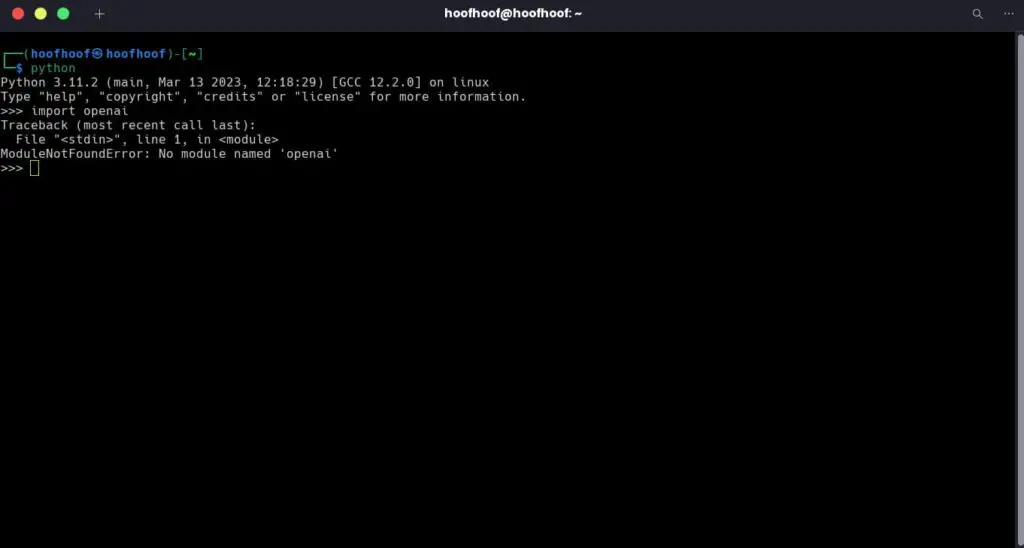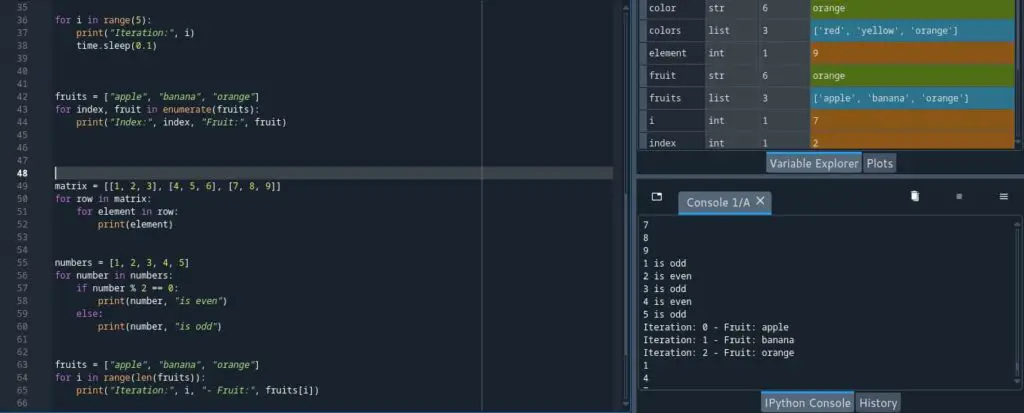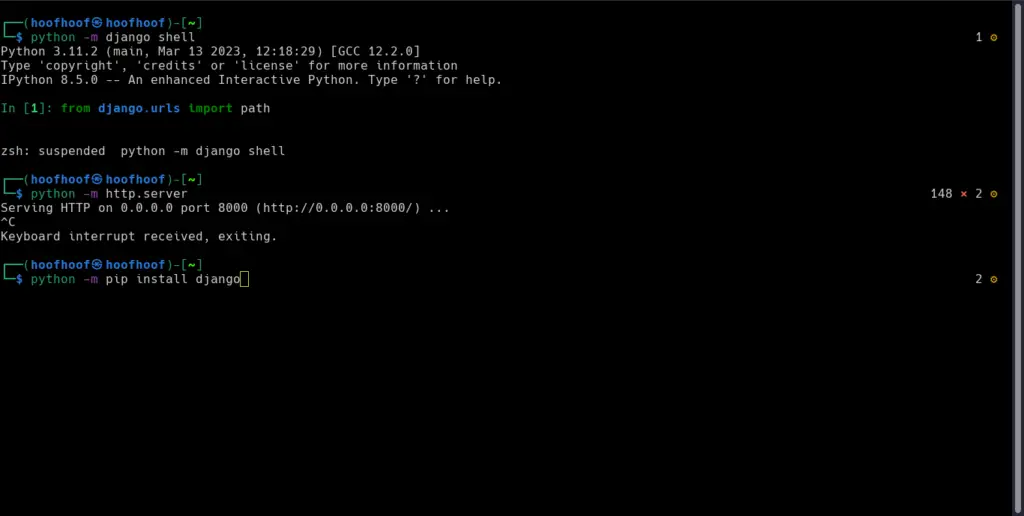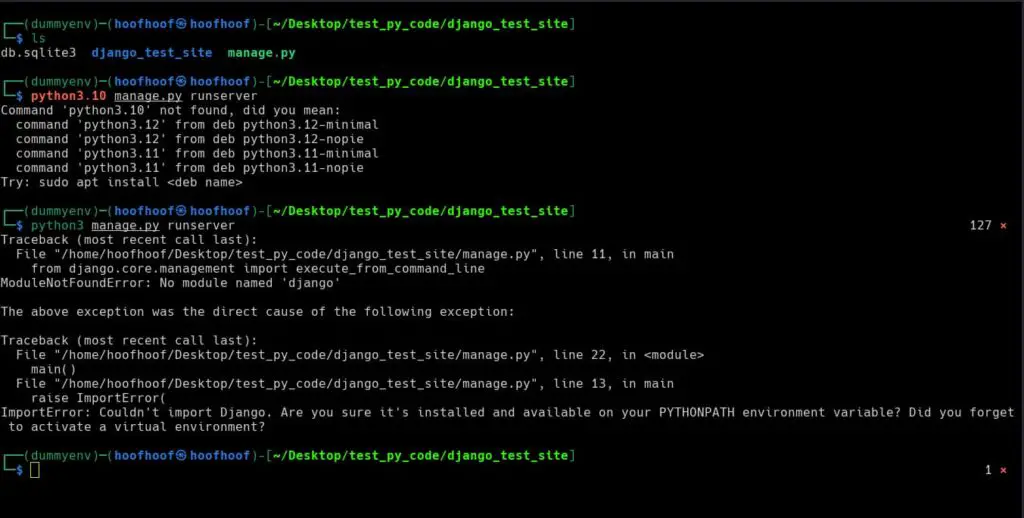Python provides flexible and powerful control flow statements, including the if statement, which allows you to execute specific blocks of code based on certain conditions.
But what if you want to combine two conditions in a single if statement?
In this article, we will explore the various ways to combine multiple conditions in Python, helping you write more concise and logically correct code.
But first,
Can you combine two conditions in an if statement?
You can combine two conditions in an if statement using logical operators like “and” or “or”. It allows you to check for multiple requirements simultaneously, making your code more concise and flexible.
The “and” operator requires both conditions to be true for the overall condition to be true, while the “or” operator only requires one of the conditions to be true.
This capability enables you to check for multiple requirements simultaneously, making your code more concise and flexible.
Let’s delve into the various approaches to combining conditions in Python if statements.
How to combine two conditions in one if statement in Python?
The ability to combine multiple conditions in a single if statement is an essential feature in programming.
It allows you to check for complex conditions or multiple requirements simultaneously.
Python provides several methods to achieve this.
Let’s dive into the different approaches:
Python if multiple conditions using OR
The or logical operator allows you to combine conditions using a logical OR operation.
If any of the conditions is True, the combined condition evaluates to True.
The “or” logical operator is a powerful tool for combining conditions in Python if statements.
It performs a logical OR operation on the conditions, resulting in a combined condition that evaluates to True if at least one of the conditions is True.
Here’s an example:
x = 5
y = 10
if x > 0 or y > 0:
print("At least one of x or y is positive.")
In this case, the code will print the message because either x or y (or both) are greater than 0.
Benefits to using OR logical operator to combine multiple conditions
- Simplicity: By using the “or” operator, you can succinctly express conditions that require any of the specified conditions to be true.
- Flexibility: This approach allows for more lenient conditions, accommodating scenarios where meeting any one condition is sufficient.
- Code Efficiency: Using the “or” operator eliminates the need for nested if statements or separate checks, resulting in cleaner and more efficient code.
Here are some real-world coding scenarios where the OR operator is useful
- User Authentication: When validating user credentials, you may need to grant access if either a correct username or a valid password is provided.
- Discount Eligibility: In an e-commerce system, if a customer qualifies for a discount based on being a loyalty member or making a minimum purchase, the “or” operator can help determine eligibility.
- Event Scheduling: For scheduling events, you may require availability on a specific date or at a specific venue, allowing for flexibility in meeting either condition.
By leveraging the “or” operator to combine conditions, you can create dynamic and adaptable code, enhancing the versatility and effectiveness of your programs.
Now, let’s look at another approach to combining multiple if conditions in one line in Python.
Python if multiple conditions using AND
The and logical operator combines conditions using a logical AND operation.
In this case, all the conditions must be True for the combined condition to evaluate as True.
Python’s and logical operator is a powerful tool for combining conditions in an if statement.
When using the and operator, all the conditions within the statement must be True for the combined condition to evaluate as True.
Consider the following example:
x = 5
y = 10
if x > 0 and y > 0:
print("Both x and y are positive.")
In this code snippet, the message will be printed only if both x and y are greater than 0.
If any of the conditions is False, the code block will not be executed.
What are the benefits of using AND operator?
Logical conjunction:
The and operator acts as a logical conjunction, allowing you to express requirements that depend on multiple conditions being satisfied simultaneously.
Precision in conditional checks:
By using the and operator, you can perform precise checks that require multiple conditions to be met. This ensures that your code executes only when all the necessary criteria are fulfilled.
Efficiency and code readability:
Combining conditions using and eliminates the need for nested if statements in certain cases. This leads to more concise and readable code, as you can express complex requirements in a single line.
Are there real-world scenarios where combined conditions are checked using AND operator can be useful?
Well,
The and operator is applicable in various scenarios.
For instance, when validating user input, you can use and to ensure that multiple input conditions are met before proceeding with further operations.
It is also useful when implementing access control mechanisms, where multiple authorization requirements need to be satisfied before granting access.
Consider a scenario,
Imagine you are developing a web application that requires user registration.
During the registration process, you want to ensure that the user provides a valid email address and a strong password.
email = input("Enter your email address: ") password = input("Enter your password: ") if "@" in email and len(password) >= 8: print("Registration successful!") else: print("Invalid email or weak password. Registration failed.")In this scenario, the
andoperator is used to combine two conditions:@" in emailchecks if the email address contains the “@” symbol, andlen(password) >= 8verifies if the password has a minimum length of 8 characters.Both conditions need to be true for the registration to be considered successful.
By using the
andoperator, you ensure that both email validity and password strength are verified simultaneously, providing a more robust registration process.If either condition is not met, the user receives an appropriate message indicating the failure.
By utilizing the and operator, you can construct powerful conditional statements that address intricate logic requirements in your Python code.
Its ability to combine multiple conditions straightforwardly offers enhanced control and precision, leading to efficient and effective programming solutions.
Using Parentheses to Write Correct Python if Multiple Conditions: Ensuring logical correctness
Parentheses play a crucial role in grouping and clarifying conditions within complex logical expressions.
By using parentheses in your Python if statements, you can enhance the readability and maintain the logical correctness of your code.
Let’s see an example:
x = 5
y = 10
if (x > 0 and y > 0) or (x == 0 and y == 0):
print("Either both x and y are positive or both are zero.")
In this case, the condition is evaluated in two parts: (x > 0 and y > 0) and (x == 0 and y == 0).
The condition evaluates to True if either both x and y are positive or both are zero.
Using parentheses is particularly useful when you have complex conditions involving multiple logical operators.
It helps ensure the intended evaluation order and reduces ambiguity.
Combining conditions using parentheses allows you to create more sophisticated conditional statements, enabling you to express intricate logic with clarity.
Other benefits?
Benefits of using parentheses to combine multiple evaluations
Enforced Evaluation Order:
Parentheses allow you to explicitly define the order in which conditions are evaluated. This ensures that your conditions are checked in the intended sequence, minimizing any ambiguity or potential mistakes.
It helps avoid logical errors that might arise due to incorrect evaluation order.
Improved Readability:
When dealing with complex conditions involving multiple logical operators (such as “and” and “or”), parentheses provide a visual structure that makes the code more readable and easier to understand.
They act as visual cues, guiding the reader to interpret the logic more accurately.
Increased Flexibility:
Parentheses offer flexibility by allowing you to combine conditions in various ways.
By grouping conditions together within parentheses, you can create intricate logical expressions that meet specific requirements.
This flexibility enables you to express sophisticated decision-making scenarios concisely.
Real-world scenarios where the use of parentheses may be the best choice?
- Validation and Filtering: When validating user input or applying filters, you may encounter situations where you need to evaluate multiple conditions simultaneously. Parentheses allow you to define precise conditions, such as requiring a combination of specific inputs or various options to be present.
- Business Rules and Decision Making: In business logic or decision-making scenarios, you may have complex conditions involving multiple variables, rules, and constraints. Parentheses enable you to structure these conditions, ensuring the accurate evaluation of each component and overall logic.
- Conditional Workflow: When designing conditional workflows, where different paths are followed based on various conditions, parentheses help establish the desired flow. They provide clarity and precision in defining the conditions for each branch, ensuring the correct execution of specific actions or decisions.
Using parentheses in Python if statements offer several advantages, including enforcing the evaluation order of conditions, improving code readability, and providing flexibility in expressing complex logical expressions.
By leveraging parentheses, you can ensure the logical correctness of your code while making it more maintainable and easier to comprehend.
FAQ
How many conditions can you have in one if statement in Python?
In Python, you can have multiple conditions in one if statement by combining them using logical operators like “and” or “or”. There is no specific limit on the number of conditions you can include, allowing you to check for any number of requirements simultaneously. Use logical operators and parentheses to create concise and readable conditions for effective decision-making in your code.
Conclusion
In conclusion, we have explored the concept of combining conditions in Python’s if statements.
By using logical operators like “and” or “or,” you can check for multiple requirements simultaneously, making your code concise and flexible.
Additionally, the use of parentheses allows you to enforce evaluation order, improve readability, and handle complex logical expressions effectively.
Armed with these techniques, you can write more robust and maintainable code. Remember to leverage the power of logical operators and parentheses to create clear and logically correct conditions, enhancing the overall quality of your Python programs.
Create, inspire, repeat!

![What does [::-1] mean in Python? (How to reverse a sequence)](https://crackondev.com/wp-content/uploads/2023/07/Reversing-sequences-in-Python-using-slice-notation-and-negative-indexing.jpg)





